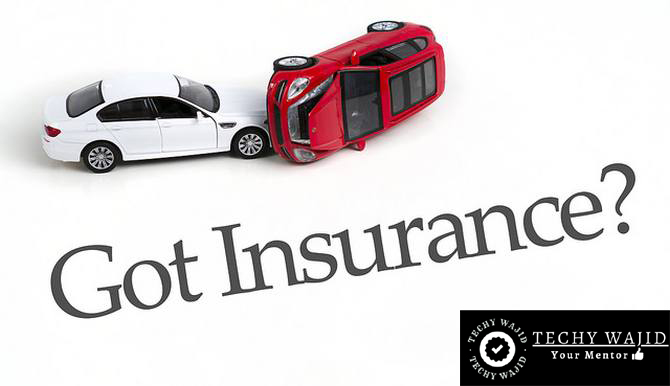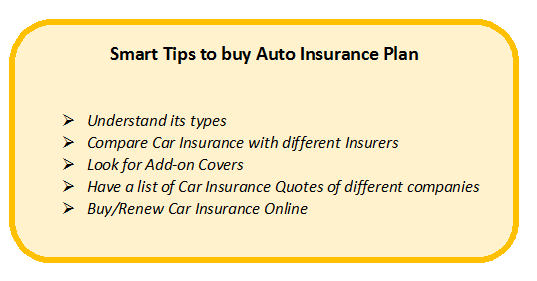What are the things to be kept in mind while buying vehicle insurance? (Right Way to Buy Insurance)
In this time, We will give you information about what are the things your should take care of before buying vehicle insurance. Whether you are buying your vehicle insurance offline or online.

Usually if we need ti purchase insurance for out vehicle, We either contact an insurance agent/advisor, get in touch with the service station where we bought the vehicle or Opt for the online route to save time. All three methods are fine and you can purchase vehicle insurance in any way you prefer, but there are certain things to keep in mind when buying or getting insurance done so that you don not face any issues while making a claim in the future.
Get the insurance in the same name as your Registration Certificate (RC), meaning the name under which the vehicle’s RC is registered. If the vehicle has nit been transferred to your name, make sure to get it transferred and then get the insurance in your name or under your name.
This is important because when you make a claim, the insurance company checks whether the name on the RC matches the name on the insurance. If the name are different, the claim may not be payable.
When buying private vehicle insurance, make sure to consider which coverage options you should add to the insurance policy.
A Comprehensive Guide to Buying Motor Insurance
Purchasing motor insurance is a critical step in safeguarding your vehicle and ensuring your financial security in case of accident or unexpected events. This guide outlines the process of acquiring motor insurance, helping you navigate the complexities while making an informed choice. Here’s a step by step walk through.
1. Assess Your Needs : Determining Coverage
Before Diving in to the purchasing process, Assess your insurance needs. Consider factors like the type of vehicle you own, your driving habit and the level of coverage required. Motor Insurance generally comes in three categories.
- Third Party Liability Insurance : Mandatory By law this cover damages to third parties in case of accidents.
- Comprehensive Insurance : This offers broader coverage including damages to your own vehicle in addition to third party liabilities.
- Add-On Covers : You can enhance your coverage with add-ons like Zero depreciation, Road side Assistance, Consumable Covers, Return to Invoice, Tyre Protection and Personal accident cover.
2. Research and compare : Gathering information
Start by researching insurance providers in your region. Look for reputable companies known for their reliable claims process and customer service. Utilize online comparison Tools to compare policies, Coverage and premium rates. Reading reviews from other policyholders can provide insights into the provider’s performance.
3. Gather vehicle Information : Providing Details
You’ll need specific details about your vehicle, including it is make – model year of manufacure and variant. The vehicle’s registration number is essential for accurate policy issuance.
4. Calculate Insured Declared Value (IDV) : Assessing Vehicle Value
The IDV determines the sum insured in case of vehicle damage or theft. It is based on the vehicle’s market value minus depreciation. Ensure the IDV Accurately Represents your vehicle’s value to receive appropriate compensation.
5. Choose Coverage and Add-Ons : Tailoring Your Policy
Based on your needs, Select the type of coverage (third part or comprehensive) and add-ons require. Add-ons enhance your Policy’s scope , but choose only those that align with your usage and preferences.
6. Request Quotes : Getting Premium Estimates
Reach out to shortlisted insurers and request premium quotes based on your chosen coverage and add-ons. many insurers offer online calculators for quick premium estimation.
7. Documentation and Application : Formalizing the Process
Once you have selected an insurance policy, Submit the required documents, which typically include:
- Vehicle details (registration number, chassis number, etc.)
- Previous insurance policy details (if applicable).
- Personal identification (Driver’s license, adhar card, pan card, etc.)
Complete the application form with accurate information. inaccurate or false information can lead to claim rejection.
8. Undergo Vehicle Inspection (if needed) : Ensuring Accuracy
for Comprehensive policies or used vehicles, insurers might require a vehicle inspection. This inspection assesses the vehicle’s condition and helps determine the premium.
9. Make Payment : Initiating Coverage
Pay the premium as per the selected payment method – Online, credit/debit card or bank transfer. After payment the insurer will issue a policy document and a certificate of insurance.
10. Renewal Reminders : Stay Covered
Motor insurance is usually valid for a year. Set reminders for renewal well in advance to avoid a lapse in overage. Renewal can be done online or through an agent.
Conclusion :
Buying motor insurance involves evaluating your needs researching providers selecting coverage and submitting accurate documentation. By understanding the process and making well informed decisions you can secure comprehensive protection for your vehicle and peace of mind for your self. Remember each individual’s insurance requirement are unique, so tailor your policy to match your specific circumstances.
two wheeler vehicle insurance status check online
how to check vehicle insurance
check vehicle insurance status online parivahan
vehicle insurance status check online
vehicle insurance check
online insurance check

